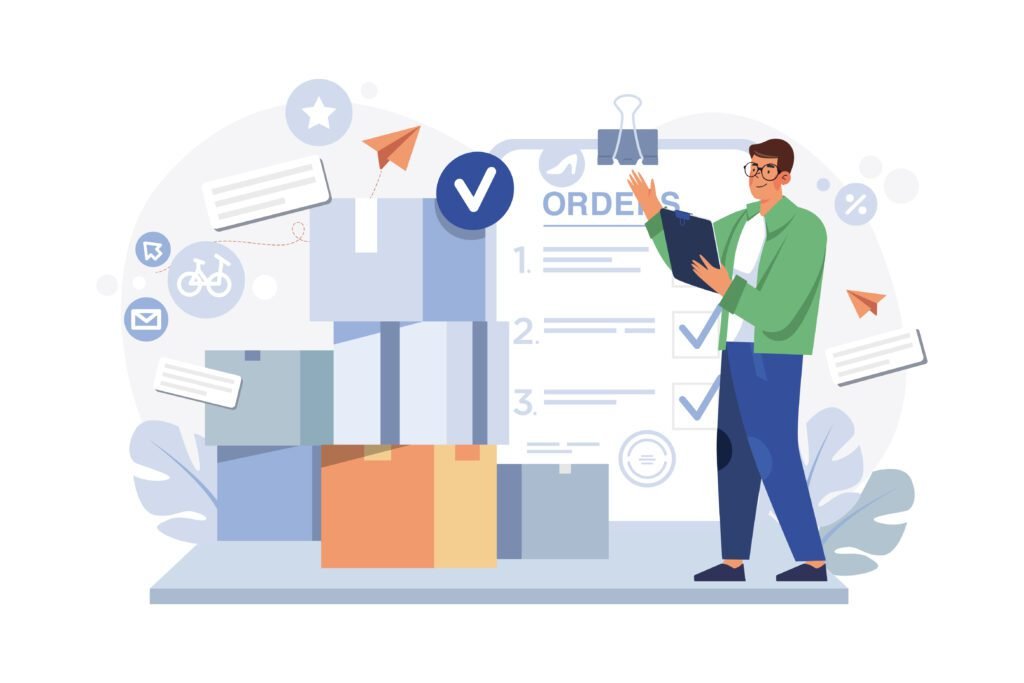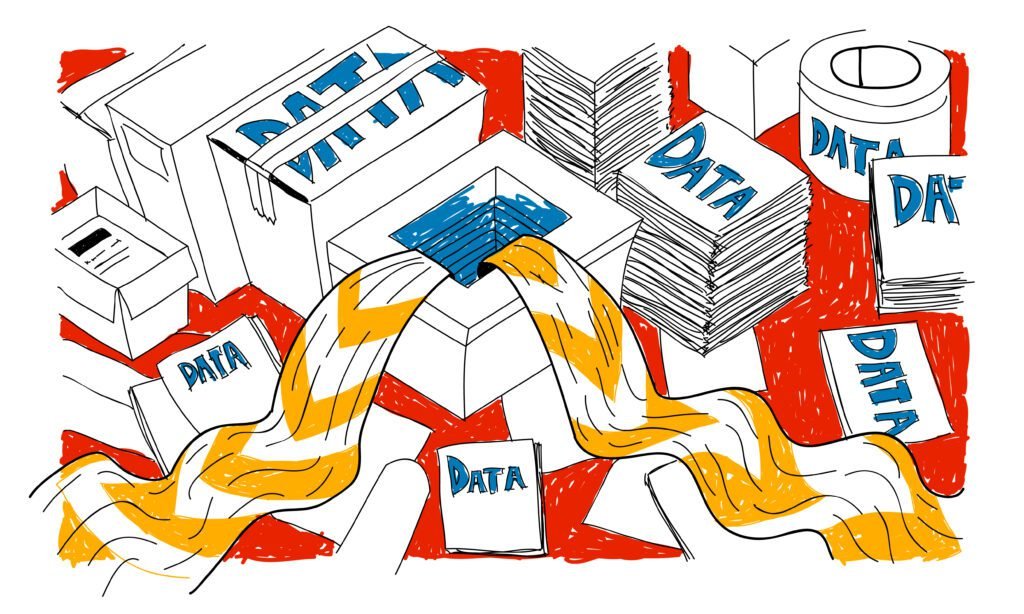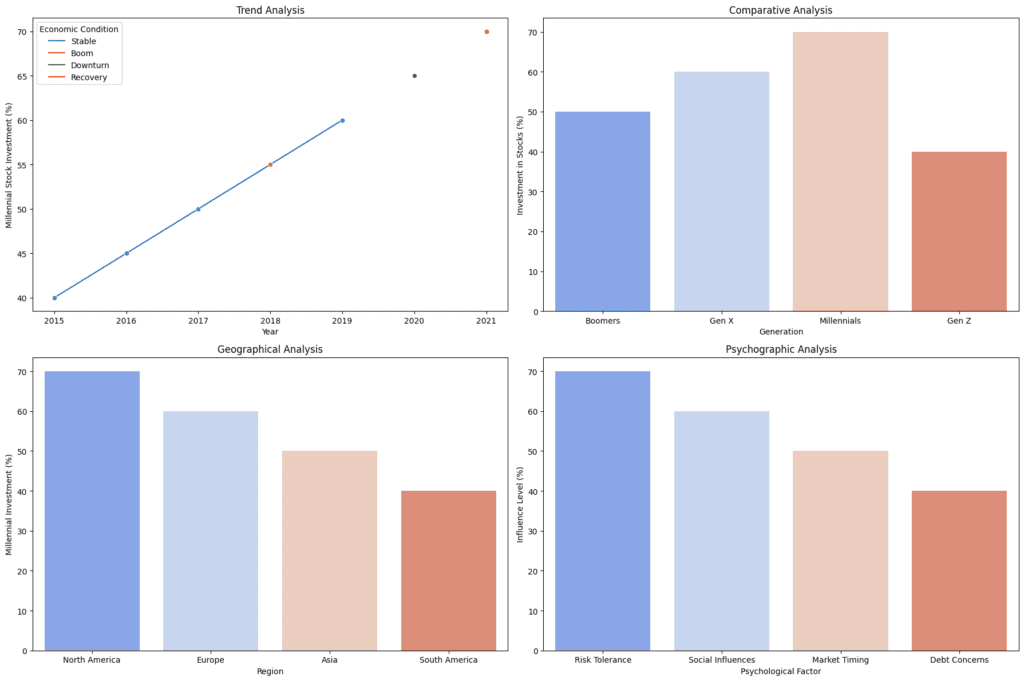Optimizing Inventory Management for Startup
Optimizing Inventory management is the backbone of many industries, ensuring that products flow seamlessly from production to the hands of customers. However, this process often presents significant challenges that can impact a company’s efficiency, profitability, and customer satisfaction especially for a startup manufacturing companies. Let’s delve into some of these challenges and explore how Code Hive Technologies is using a combination of Artificial Intelligence (AI) and Business Intelligence (BI) to solve them.

Problem: Overstocking and Understocking
Striking the right balance between inventory levels is crucial for businesses, big or small. Overstocking ties up valuable capital, while understocking results in missed opportunities.
Our solution: At Code Hive, we use AI-driven predictive analytics to help businesses maintain optimal inventory levels. Our approach empowers these businesses to make informed decisions, avoid overstocking, and reduce costs – something that can significantly impact the bottom line for startups with limited resources.

Problem: Inaccurate Demand Forecasting
Predicting future demand accurately can be a daunting task. Small startups can be particularly vulnerable to inaccurate forecasts, which can lead to inefficiencies and customer dissatisfaction.
Our Solution: Our AI algorithms analyze data effectively, providing smaller businesses with more precise demand forecasts. By helping companies allocate resources wisely, we assist them in reducing waste and ensuring they can meet customer expectations without overextending their limited resources.
Problem: Obsolete Inventory
Startups often operate in industries with fast-changing technology or fashion trends, increasing the risk of obsolete inventory.
Our Solution: Code Hive’s prescriptive analytics recommendations are particularly valuable for startups. By offering actionable strategies to avoid obsolete inventory, we help these businesses stay nimble and avoid the financial burdens of holding outdated goods.
Problem: Storage Costs
Storage costs can be a significant financial burden for startups, especially when dealing with excess inventory.
Our Solution: Our BI tools provide smaller businesses with cost-effective solutions for managing their inventory storage. With real-time visibility, startups can optimize storage, reduce carrying costs, and make informed decisions about resource allocation.
Problem: Stockouts
Stockouts can severely impact startups, disrupting production schedules and causing missed sales opportunities.
Our Solution: Through data analysis and AI-driven insights, Code Hive helps startups prevent stockouts by ensuring they maintain adequate inventory levels. This allows startups to deliver on time and maintain their reputation for reliability.
Impact of CodeHive’s efforts on Industries:
While we may not have the scale to revolutionize entire industries, our efforts are already leaving a positive impact on some startups:

-Reduced Costs: Smaller businesses can save significantly on storage and operational costs.
- Improved Efficiency: Startups can operate more efficiently, allocate resources more effectively, and reduce waste.
- Competitive Edge: Code Hive helps startups remain competitive in their respective industries by providing data-driven insights.
- Smarter Decision-Making: Our solutions guide startups in making informed and strategic decisions, supporting their growth and success.
Code Hive Technologies, as a startup ourselves, understands the challenges that smaller businesses face. Our efforts may be modest in scale, but they are highly effective in helping startups navigate the complexities of inventory management, optimize their operations, and reduce costs.









